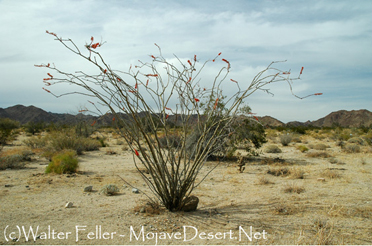Ocotillo Patch
The ocotillo plant (Fouquieria splendens) is desert shrub that produces bright pink flowers on whip-like canes. It is often called ocotillo cactus, but is not a cactus, although it grows in similar conditions.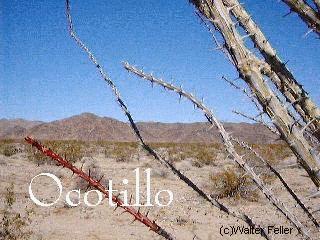 -
- 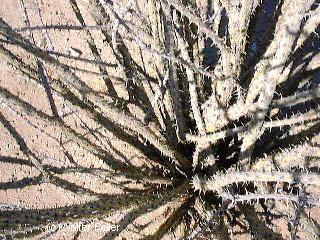
The ocotillo is a desert plant native to the southwestern part of the United States and northern Mexico. It may appear as a number of tall, spiny sticks rising from the ground; incredibly, however, this plant indeed exudes toughness and adaptability to the arid landscape. When it rains, this plant sprouts bright green leaves; during the spring, it will grow clusters of bright, red flowers at the tips of its stalks, thereby attracting hummingbirds and other pollinators.
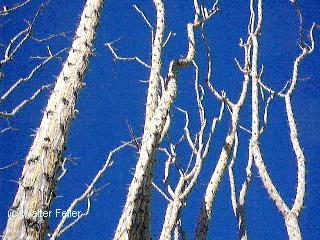 -
- 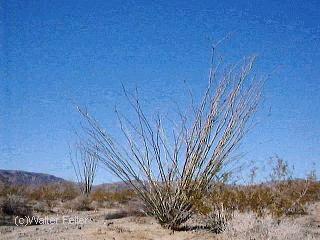
While this plant might seem thorny and dry for most of the year, the ocotillo has a unique rhythm of growth with the sporadic rainfall of the desert. It's fairly common in places like Joshua Tree and Anza-Borrego Desert State Park, where its striking form adds to the rugged beauty of the landscape.
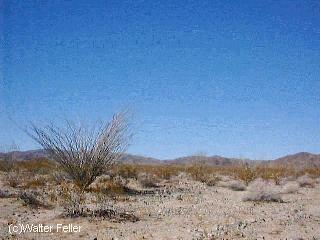
Here are some quick facts about the ocotillo:
The ocotillo is not a cactus, though one would think so from the appearance of this spiny plant. Instead, it represents a different plant family altogether, called Fouquieriaceae.Rain Adaptation: Ocotillos can sprout green leaves just days after a rainstorm and then quickly shed them when the ground dries up to conserve water.
Longevity: Ocotillos can live for more than 60 years, although reports say they can reach a century in the wild.
Attracts Pollinators: Ocotillo's bright red flowers attract many pollinators such as hummingbirds, bees, and butterflies to help with its pollination.
Medicinal Uses: For a number of Native American groups, ocotillo stems and flowers are used medicinally for many ailments. These uses included treatments for everything from open wounds to swelling.
Defense Mechanism: The spiny thorns do not serve an aesthetic function but, instead, are required to help the plant defend itself against herbivores that may want a juicy snack in the desert.
Flowering Cycle: Spring is the normal flowering period; however, ocotillo can flower more than once in a year if rainfall is sufficient.
Icon of the Desert: Ocotillos are so well-recognized in both the Sonoran and Chihuahuan Deserts that they add a signature to the general outlook of the landscape.
